Your Reliable Partner in Game Console Supply
Competitive Prices · Flexible Terms · Long-Term Growth

Gamers love tech milestones, but why did consoles jump from 16-bit to 32-bit? The missing 24-bit generation has a simple explanation.
24-bit consoles didn't exist because manufacturers prioritized marketing clear generational leaps. 32-bit sounded dramatically better than 16-bit, while 24-bit seemed minor. Chip costs also favored skipping to 32-bit directly.
The bit-wars era was more about perception than raw power. Let’s explore why this gap happened and what it tells us about gaming history.
Why did consoles skip 32-bit?
Actually, they didn’t. The 32-bit era was pivotal—but confusion stems from messy marketing terms and overlapping hardware specs.
Consoles like PlayStation and Saturn used 32-bit CPUs but mixed 16/32-bit graphics chips. This hybrid approach blurred definitions, making "32-bit" a loose label rather than pure tech truth.
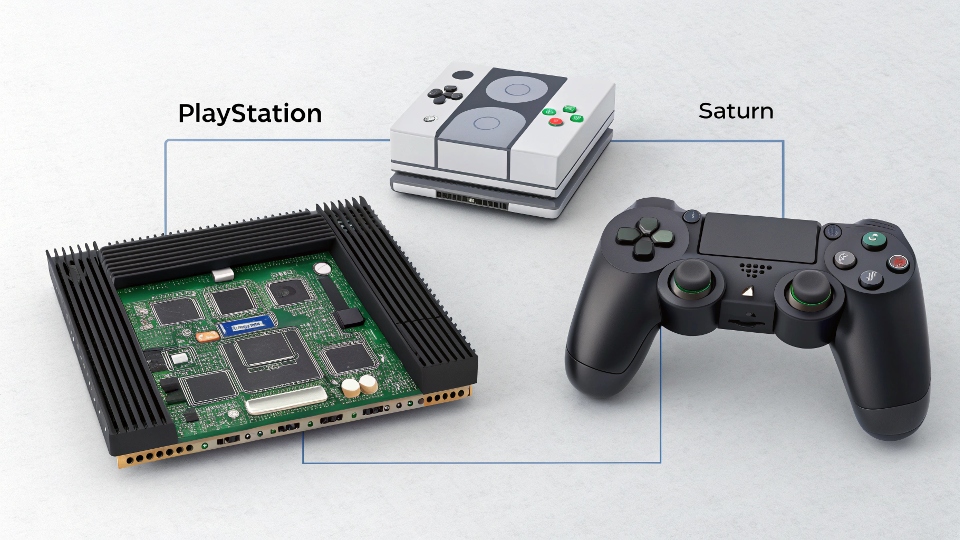
The Hybrid Reality of "32-bit"
| Most "32-bit" systems weren’t purely 32-bit. Here’s how components stacked up: | Console | CPU Bits | GPU Bits | Key Limitation |
|---|---|---|---|---|
| PlayStation 1 | 32-bit | 16-bit | Texture warping issues | |
| Sega Saturn | 32-bit | 16/32-bit | Complex dual-CPU design | |
| Nintendo 64 | 64-bit | 32-bit | Cartridge storage |
Three factors drove the focus on 32-bit:
- Consumer psychology1: Doubling from 16-bit made obvious marketing sense.
- Cost efficiency: 32-bit chips became affordable faster than expected.
- Developer needs: 2D-to-3D transitions required more memory addressing, not mid-tier bit counts.
The leap to 32-bit wasn’t clean—it was a messy, necessary evolution.
Were there any 32-bit consoles?
Yes, but their "32-bit" labels often oversimplified their architecture. The reality was always more complex.
True 32-bit consoles include the 3DO and Atari Jaguar, but market leaders like PlayStation used hybrid designs. Real-world performance mattered more than bit counts alone.
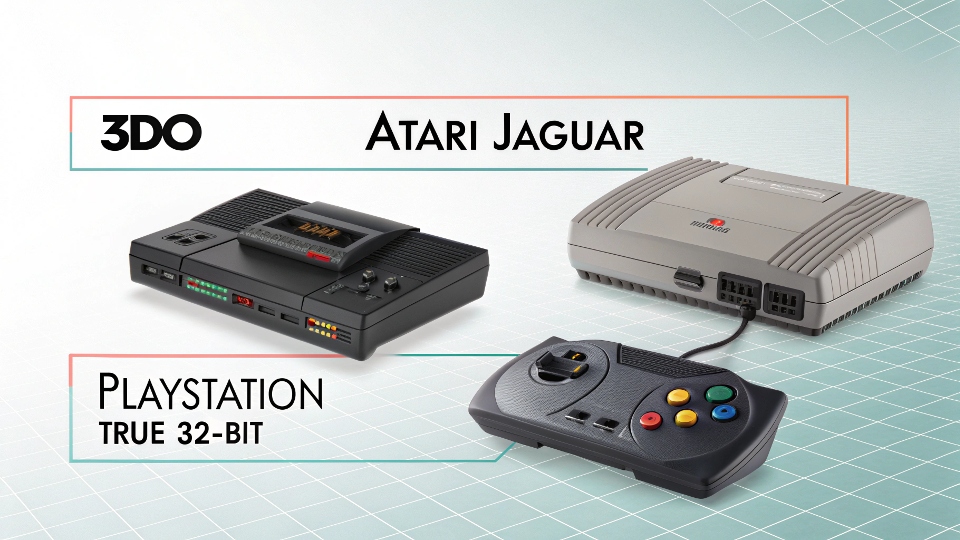
When Bits Didn’t Equal Power
The Atari Jaguar famously claimed "64-bit" performance through clever marketing, despite using dual 32-bit processors. Meanwhile:
- 3DO: Pure 32-bit but held back by high price ($699 in 1993).
- PlayStation: Dominated with its 32-bit CPU/GTE combo1, proving optimized design beat raw specs.
Key lesson: Bits became a fuzzy marketing term once 3D graphics2 emerged. Texture memory, polygon counts, and frame rates grew more important than CPU bit depth.
Was there a 128-bit console?
The Dreamcast and PlayStation 2 claimed this tag—but again, reality was nuanced.
Sixth-gen consoles like PS2 used 128-bit SIMD instructions for graphics, but their main CPUs were 32/64-bit. True 128-bit computing remained impractical for consumer hardware.
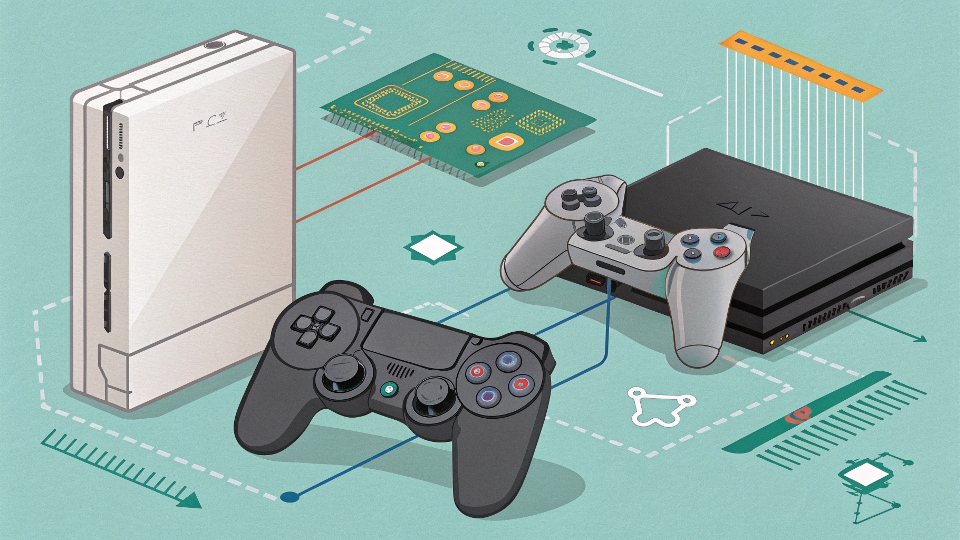
The Bit-Wars Endgame
By the 2000s, "bits" lost meaning as consoles embraced:
- Parallel processing: GPUs did heavy lifting (e.g., PS2’s Emotion Engine).
- Balanced architectures: Microsoft’s Xbox used a 32-bit CPU but PC-style components.
- Developer tools: Middleware like Unreal Engine abstracted hardware complexities.
The table shows why bit counts faded:
| Console | CPU Bits | Claimed Bits | What Actually Mattered |
|---|---|---|---|
| Dreamcast | 32-bit | "128-bit" | PowerVR GPU + Windows CE OS |
| PlayStation 2 | 64-bit | "128-bit" | Emotion Engine’s VU0/VU1 chips |
Bits became nostalgia—modern consoles measure power in teraflops, not binary digits.
Was PlayStation 32-bit?
Partially. Its mixed architecture defined an era where specs stopped telling the full story.
The original PlayStation had a 32-bit CPU but 16-bit graphics bus. Its success proved gameplay and content trumped technical purity.
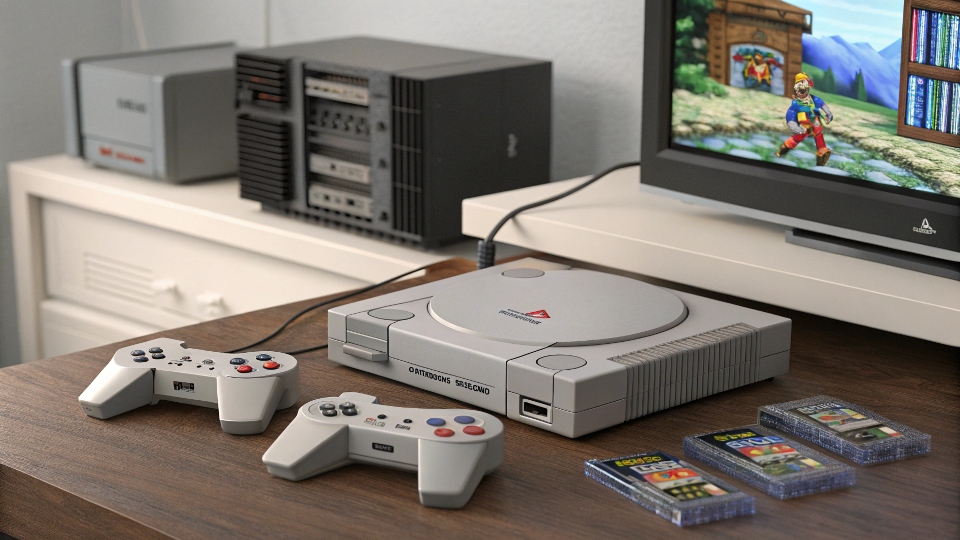
Why Hybrid Won
Sony’s design choices reveal industry shifts:
- Compromises: 16-bit texture bandwidth caused warping (e.g., "wobbly" PS1 polygons), but players accepted it for 3D immersion.
- Innovations: The CD-ROM’s 650MB storage outweighed bit limitations, enabling FMV and audio tracks.
- Legacy: PS1 sold 102 million units—bits didn’t dictate success.
Today’s equivalents are SSD speeds or ray tracing, not bit depth. The lesson? Gamers care about experiences, not textbook specs.Conclusion
The missing 24-bit generation shows how marketing and tech realities shape console evolution. Bits were never the full story—just one chapter in gaming history.
You may also be interested in:
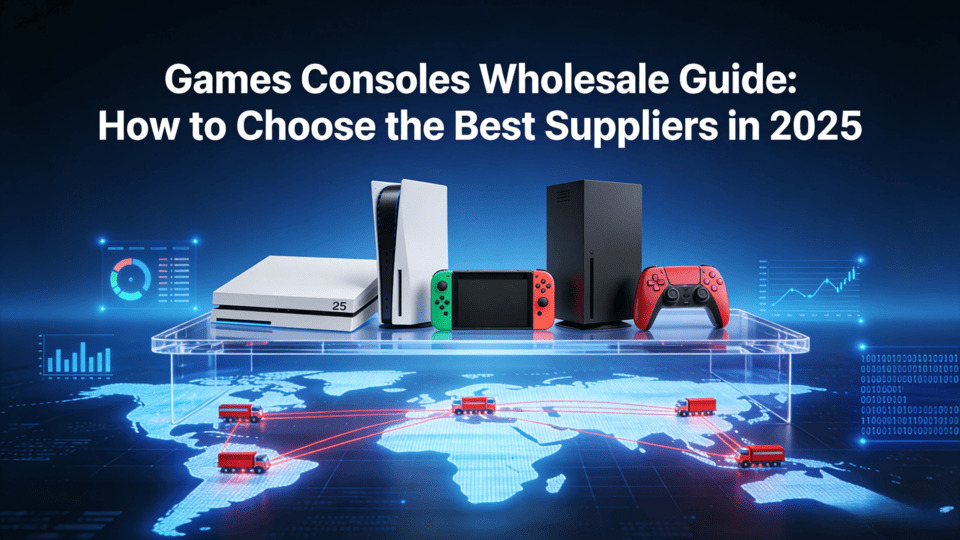
Games Consoles Wholesale Guide: How to Choose the Best Suppliers in 2025
The gaming industry is booming, and picking the right supplier can make or break your business. Don't fall for cheap traps. Quality matters more in
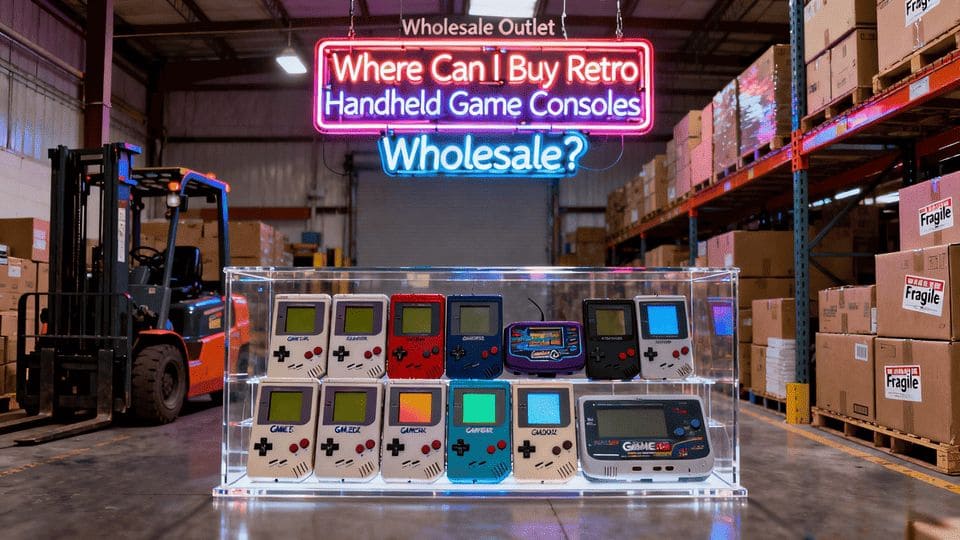
Where Can I Buy Retro Handheld Game Consoles Wholesale?
Looking for reliable wholesale retro handheld consoles? The market is flooded with options, but quality varies. Avoid cheap imitations and unstable supply chains—your business deserves

Is a Video Game Console the Best Gift for the New Year?
Phones replaced conversations during holidays. Game consoles bring families together again. Laughter fills the room as players compete on shared screens. Modern game consoles reconnect

Is it bad to give your child a game console as a gift?
Many parents worry about buying game consoles for kids. They fear it might harm their development. But is this fear justified? Let us explore the

Offline Game Console Sales in 2025: Why Brick-and-Mortar Still Matters
Introduction While online sales are projected to account for 52.7% of global gaming console purchases in 2025, offline retail remains indispensable—especially for hands-on experiences, instant
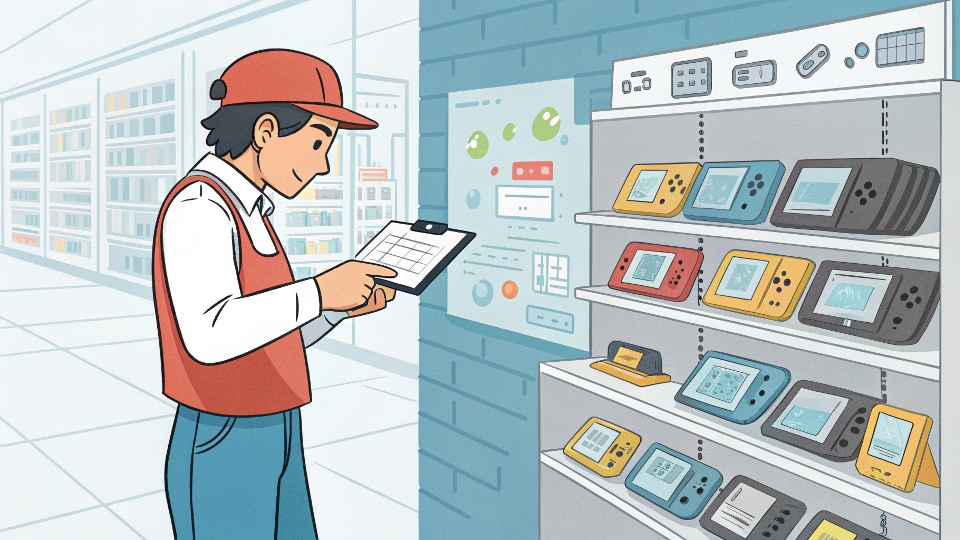
How to Choose the Right Wholesale Handheld Game Console for Your Store?
Starting a gaming retail business is exciting, but stocking the wrong consoles can lead to financial losses and unhappy customers. The key lies in smart





